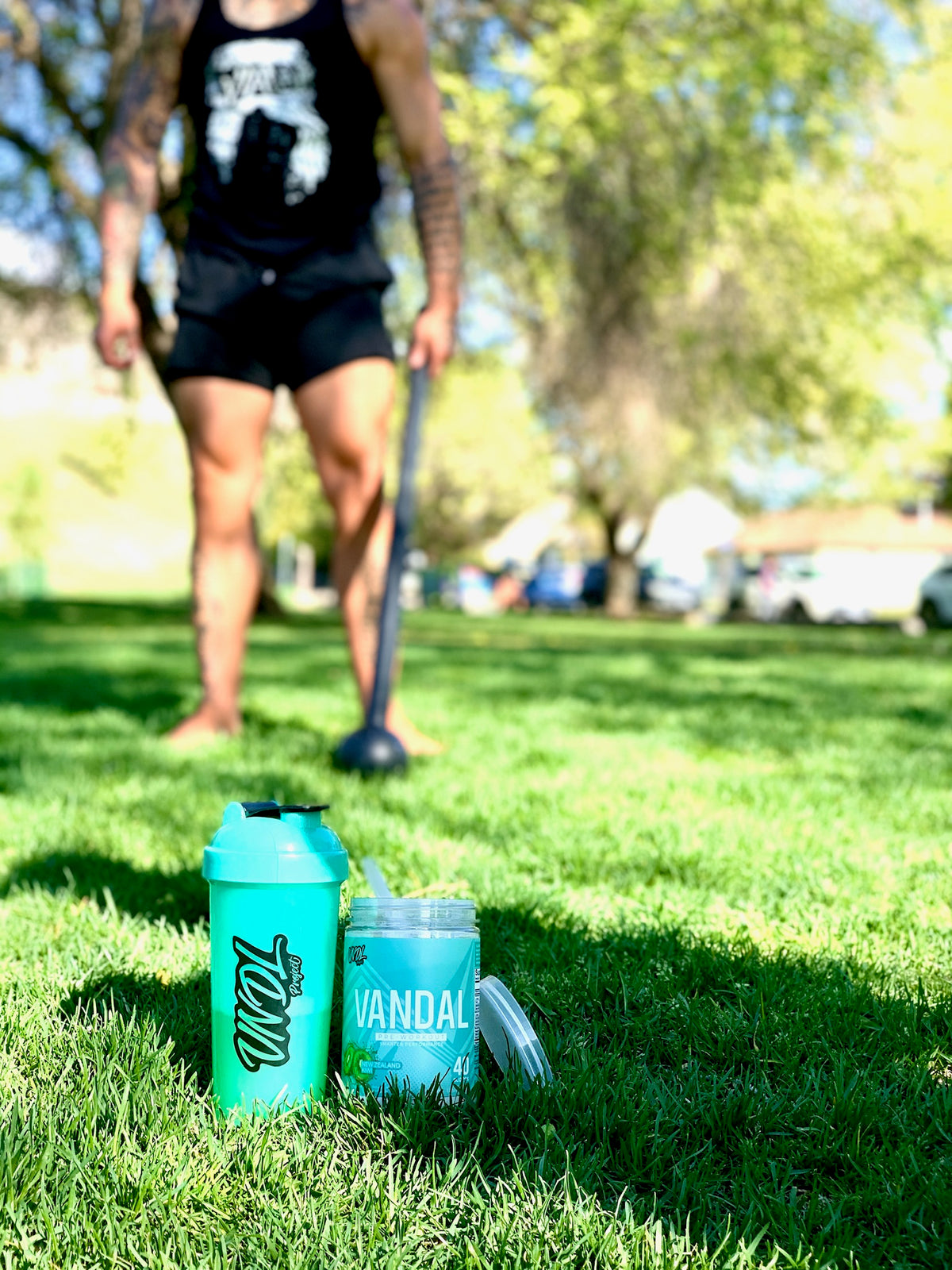Your Cart is Empty

Background
Cissus quadrangularis is an ingredient that has been commonly used in the past for analgesic and pain management purposes. Fast-forward to the 21st century and new research shows that in active, exercise-trained individuals, Cissus improved joint pain and reduced levels of inflammatory biomarkers in the body (Bloomer et al. 2013). This is obviously huge, because unlike glucosamine and chondroitin, we now actually have a compound that works for active individuals like yourselves.
Scientific effects
Past research has indicated that the usage of cissus can possibly result in a speed of up bone healing by acting as a glucocorticoid antagonist (Chopra et al., 1975; Copra et al., 1976). These findings have led to research postulating that it is possible cissus may possess anabolic properties via this glucocorticoid antagonist pathway. This research has also shown that cissus promotes bone growth and fracture healing (Chopra et al., 1976; Prasad and Udupa, 1963).
How does Cissus do this?
A more detailed look at the research shows that Cissus helps heal injuries via 3 main mechanisms: 1) it promotes bone growth and prevents bone break down (Singh et al. 2013; Stohs et al. 2012; Udupa and Prasad, 1962), 2) it reduces inflammation at the injured site (Bloomer et al 2013; Panthong et al. 2007, Stohs et al. 2012), and 3) it reduces pain signaling at the injured site (Panthong et al. 2007).
Why is cissus different to other ingredients used in joint products? While anti-inflammatories can reduce swelling and pain in inflamed areas, they don’t actually heal the area, while cissus can. In fact, cissus has been proven to help promote bone growth in humans (Singh et al. 2013).
Clinical trials of cissus have shown that the usage of cissus can lead to faster increases in bone tensile strength, a reduction of time required for fracture healing, and a prevention in cortisol induced catabolic damage to bone and muscle tissue. This is key to athletes, as prior research (Shirwaikar et al, 2003) has indicated that increased endogenous levels of glucorticoids lead to increased activation of pathways that degrade bone and skeletal muscle tissue. The usage of cissus may help prevent this by exerting an antiglucorticoid effect, helping preserve muscle tissue when most required.
Although the bulk of the research on Cissus centers on bone healing, the possibility exists that Cissus may act to improve bone healing and it may improve the healing rate of connective tissue in general, including tendons. If this is the case it would be of great benefit to bodybuilders and athletes.
A recent review of cissus has shown that cissus extracts appear to be exceedingly safe and free of adverse effects at the doses commonly used (Stohs and Ray, 2012). These studies have contributed to the general finding that cissus is both a safe and effective natural herb with analgesic and anti-inflammatory effects (Panthong et al., 2007).
Benefits
Safety profile
Please consult with a physician before using Cissus Quadrangularis or any other supplement.
References
Bloomer, Richard J., Tyler M. Farney, Cameron G. Mccarthy, and Sang-Rok Lee. "Cissus Quadrangularis Reduces Joint Pain in Exercise-Trained Men: A Pilot Study." The Physician and Sportsmedicine 41.3 (2013): 29-35.
Chopra SS, Patel MR, Gupta LP, Datta IC. (1975) Studies on Cissus quadrangularis in experimental fracture repair: effect on chemical parameters in blood Indian J Med Res., 63(6):824-8.
Chopra SS, Patel MR, Awadhiya RP. (1976). Studies of Cissus quadrangularis in experimental fracture repair : a histopathological study Indian J Med Res, 64(9):1365-8.
Panthong, A., Supraditaporn, W., Kanjanapothi, D., Taesotikul, T., & Reutrakul, V. (2007). Analgesic, anti-inflammatory and venotonic effects of Cissus quadrangularis Linn. Journal of Ethnopharmacology, 110(2), 264-270.
Prasad GC, Udupa KN. (1963). Effect of cissus quadrangularis on the healing of cortisone treated fractures. Indian J Med Res, 51:667-76.
Shirwaikar A, Khan S, Malini S. (2003). Antiosteoporotic effect of ethanol extract of Cissus quadrangularis Linn. on ovariectomized rat. J
Ethnopharmacol., 89(2-3):245-50.
Singh, Nimisha, Vibha Singh, Rk Singh, Ab Pant, Us Pal, Laxmanr Malkunje, and Gagan Mehta. "Osteogenic Potential of Cissus Quadrangularis Assessed with Osteopontin Expression." National Journal of Maxillofacial Surgery Natl J Maxillofac Surg 4.1 (2013): 52. Web.
Stohs, SJ., and Ray SD. (2012). A review and evaluation of the efficacy and safety of Cissus quadrangularis extracts. Phytother. Res.
Udupa, K. N., and G. C. Prasad. "Cissus Quadrangularis in Healing of Fractures. A Clinical Study." J Indian Med Assoc 1.38 (1962): 590-93. Web.

L-Tyrosine is an amino acid found that is involved in the production of neurotransmitters like dopamine, adrenaline, and noradrenaline. Through some studies on humans, Tyrosine has evidence showing it can improve the mood and performance of individuals under stressful conditions, improve working memory, and reduce the effects of stress and fatigue on cognitive exhausting tasks.

